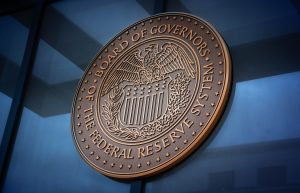Search
The UK’s CMA and AI Foundation Models – 2024 Updates
Posted
Earlier this year, the UK’s Competition and Markets Authority (CMA) published an update to its initial report on AI foundation models which presented the CMA’s findings on key changes in the foundation model sector and included stakeholder feedback. (Our thoughts on the initial September 2023 report, which provides a summary of foundation models and the CMA’s initial review, can be found here.) The updated report confirms the CMA’s final competition and consumer protection principles and details how the CMA plans to continue its investigations into the impact of foundation models on digital markets and take enforcement against unfair competition. The updated report also outlines recent and upcoming initiatives and publications from the CMA, emphasizing the importance of collaboration and cooperation between regulators in the digital markets sector.





